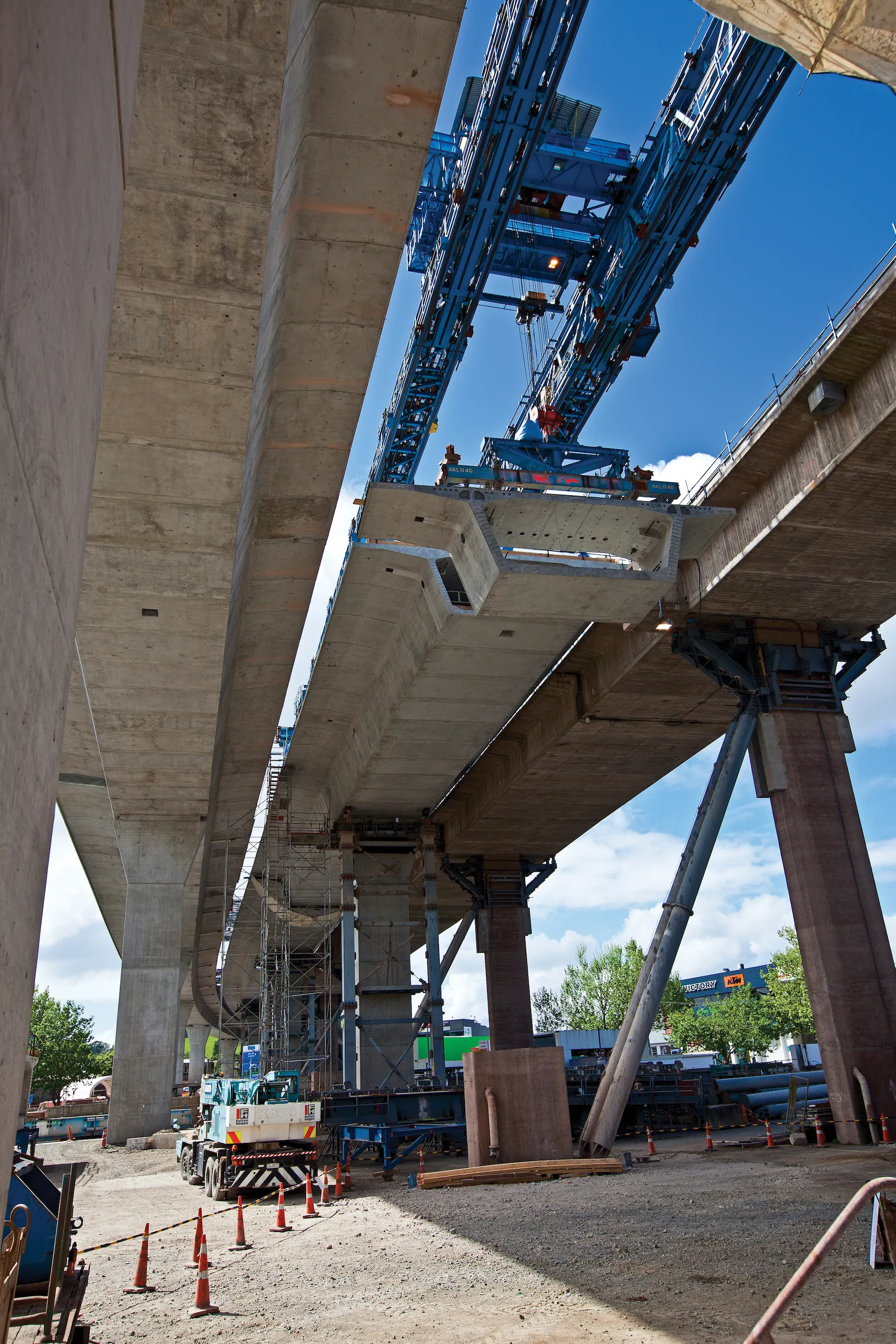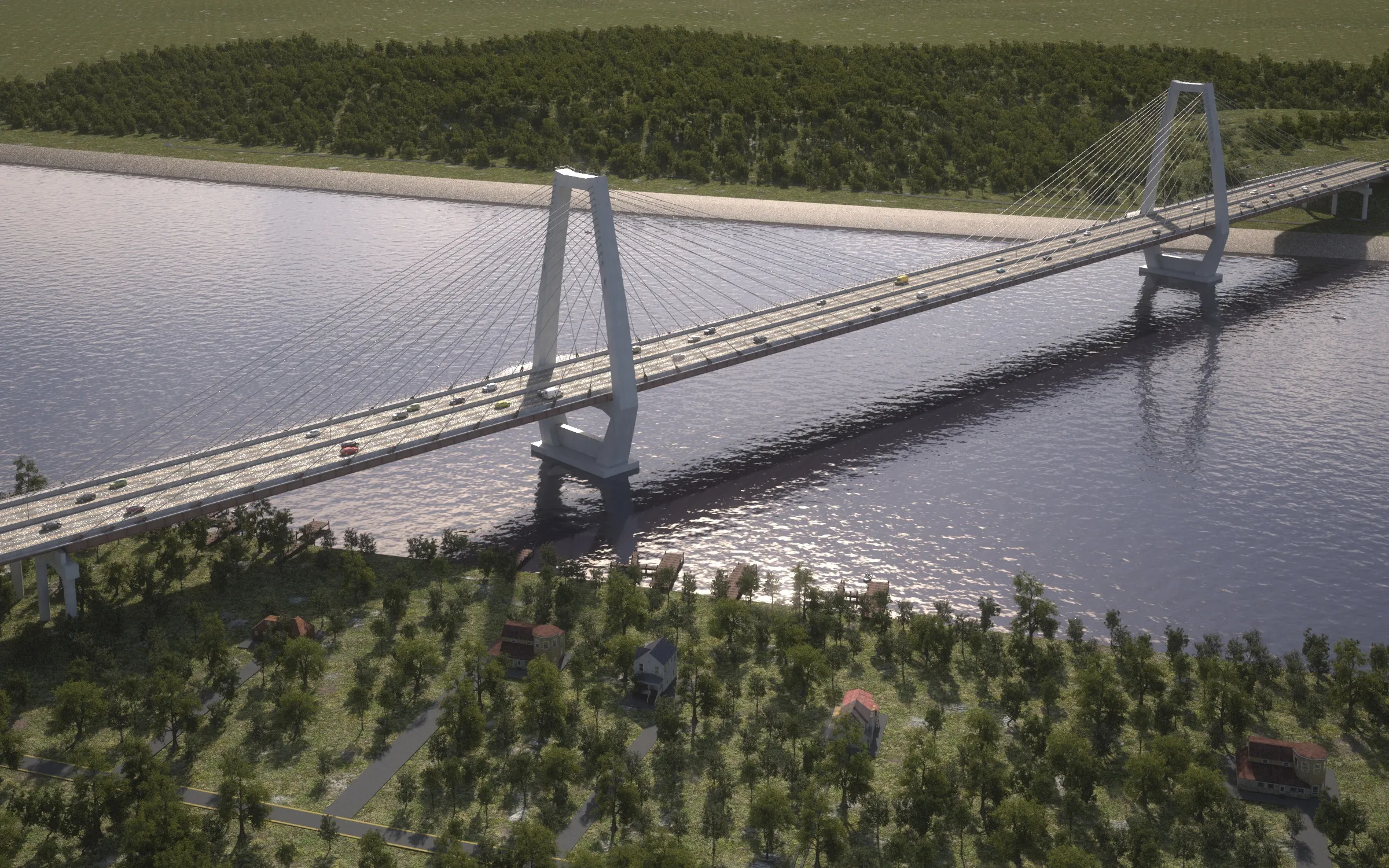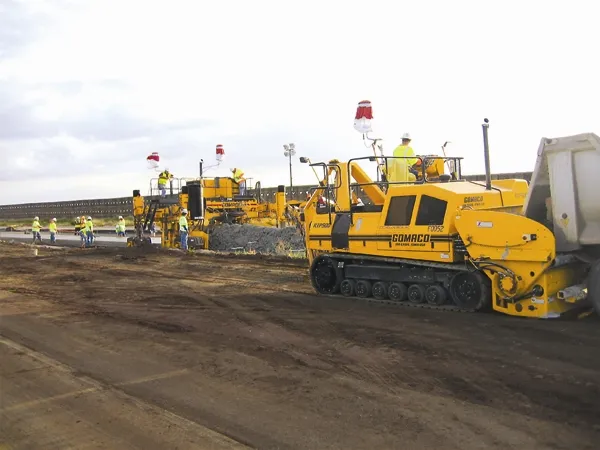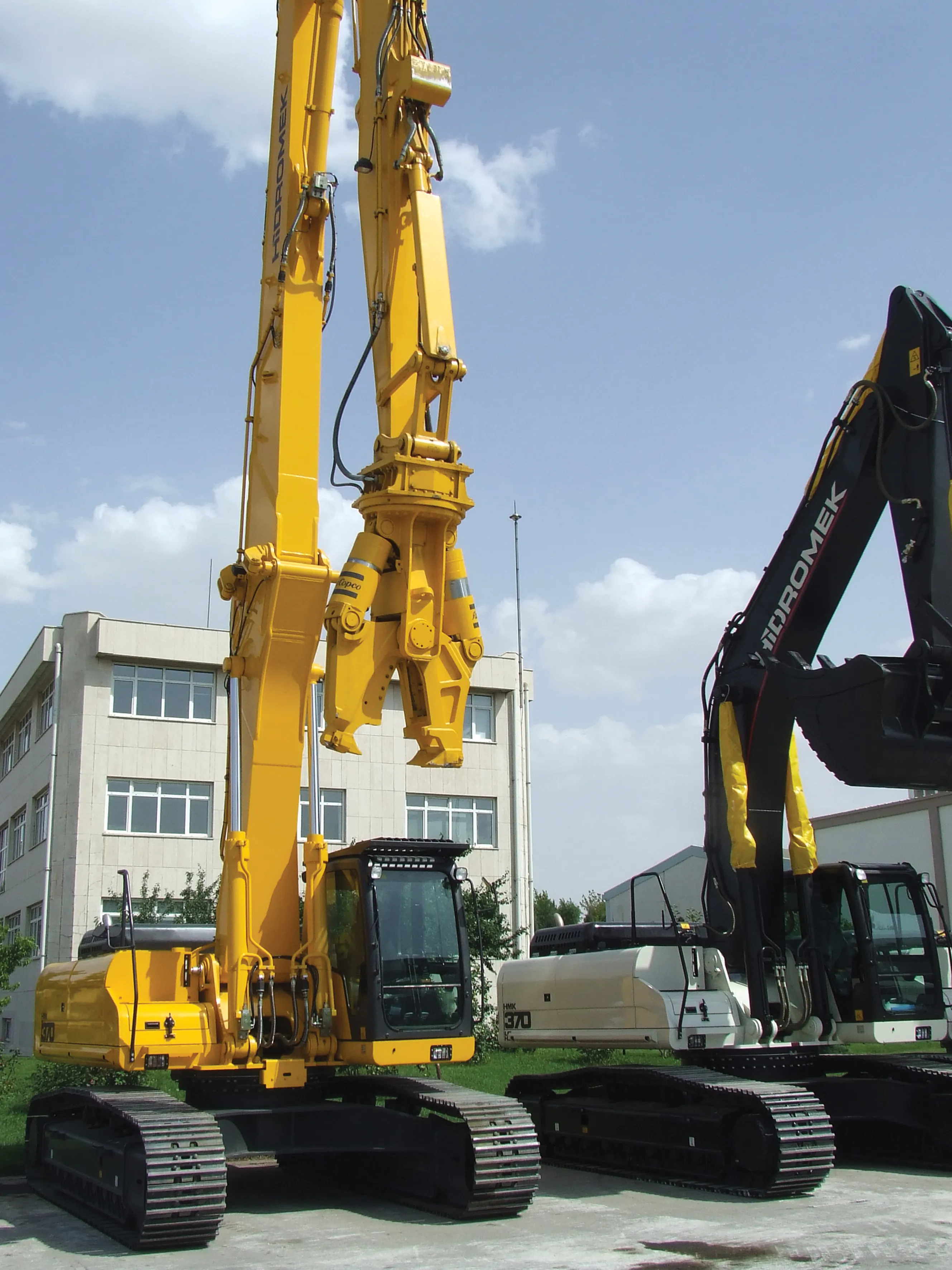The fourth and final section of the Milton-Madison Bridge in the US has now been demolished. This aged 740m long structure was no longer able to cope with the traffic volumes along the route and has been demolished to make way for a new bridge. The bridge connects the US states of Indiana and Kentucky and has provided a key traffic route for the busy US421 over the Ohio River for many years. In a rather innovative piece of engineering, the new bridge has been constructed alongside the old structure and even
September 23, 2013
Read time: 2 mins
The fourth and final section of the Milton-Madison Bridge in the US has now been demolished. This aged 740m long structure was no longer able to cope with the traffic volumes along the route and has been demolished to make way for a new bridge. The bridge connects the US states of Indiana and Kentucky and has provided a key traffic route for the busy US421 over the Ohio River for many years. In a rather innovative piece of engineering, the new bridge has been constructed alongside the old structure and even using the same supports. This made the demolition particularly tricky due to the very close proximity of the new structure, now being used to carry traffic, to the old bridge. Traffic was halted during the explosive demolition, which was highly successful with the remnants of the old structure falling where planned and the new link being undamaged by the blasting work. With the old structure removed, the new and much wider bridge can now be slid directly over the old supports. This work will be carried out once the existing supports have been strengthened and modified. When the new link is in place over the supports, the restrictions on the size of vehicles using the bridge will then be lifted.
Thanks to6755 Demolition News for alerting us to this story.
Thanks to









